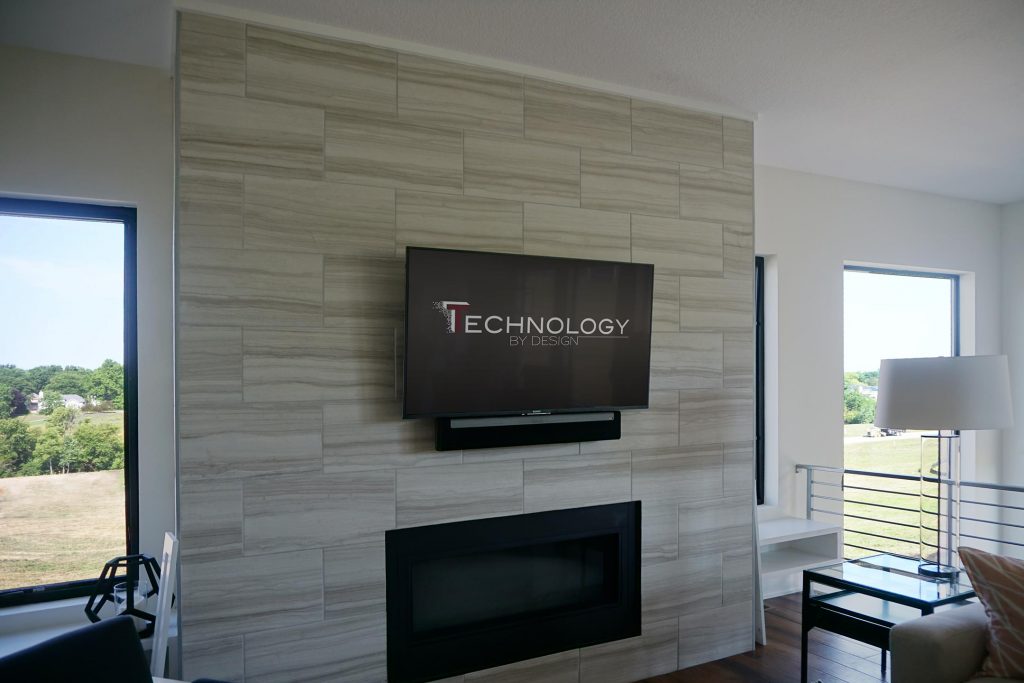Highlighting the Influence of Illumination Conditions on Movement Detection Precision and Reliability
Highlighting the Influence of Illumination Conditions on Movement Detection Precision and Reliability
Blog Article
Illumination conditions have a crucial role in the way effectively we can perceive motion. Motion detection is a key component of different systems, such as security cameras, automated lighting systems, and even certain gaming applications. Comprehending how various lighting environments affect our capacity to detect motion can assist enhance the design and effectiveness of these systems. For example, poor lighting can result in overlooked motions or incorrect alerts, while ideal illumination can enhance the accuracy of motion detection technologies.
In well-lit illumination conditions, motion detection is typically more accurate. As there is ample illumination, sensors and cameras can capture clearer images, which assists in identifying moving elements. Bright environments allow for better contrast between the dynamic object and the surroundings. This contrast is essential for both human viewers and automated technologies, as it makes it simpler to differentiate between stationary and dynamic objects in a setting. Therefore, making sure that areas are adequately illuminated can significantly enhance the performance of motion detection technologies.
On the other hand, low-light environments can pose difficulties for motion detection. In low-light environments, darkness can obscure dynamic objects, which makes them difficult to perceive. Additionally, the click over here now human eye faces challenges to detect movement in low light, which can result in misinterpretation of the situation in the environment. Cameras may also face challenges, as many do not perform well in dim conditions without the use of infrared technology or alternative enhancements. These restrictions highlight the significance of adequate illumination in settings where movement detection is critical.
Additionally, different types of illumination can have varying effects on motion detection. For example, neon lights can flicker, which can confuse movement detection systems that depend on steady light sources. On the other hand, daylight provides a steady source of lighting that enhances clarity. Understanding these differences in lighting conditions can guide users in selecting the most suitable illumination for specific applications, particularly in security and surveillance situations.
In summary, the relationship between illumination see environments and movement detection precision is significant. By ensuring that environments are appropriately illuminated, we can improve the dependability of movement detection technologies. This understanding not only benefits technological uses but also improves security and safety in multiple environments. As more advancements are made in motion detection technology, considering illumination environments will continue to be a crucial factor in enhancing effectiveness and guaranteeing that these technologies function properly in various conditions.